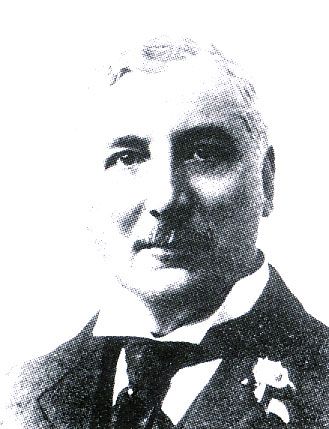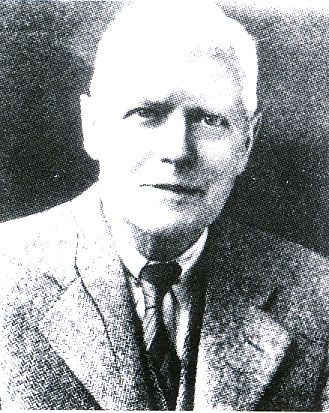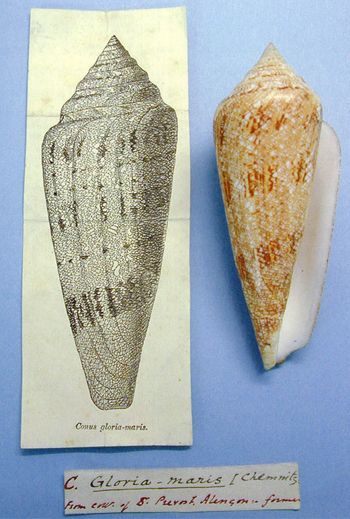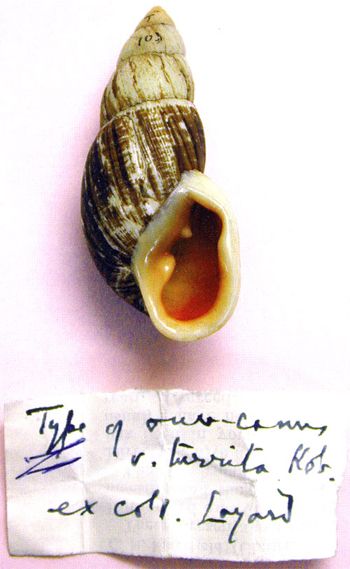One collection - 786,000 shells - Cataloguing and curating the Melvill-Tomlin shell collection

James Cosmo Melvill.

John Read le Brockton Tomlin.

Melvill's greatest prize specimen of Conus gloriamaris.

from Layard.
When the Melvill-Tomlin collection of molluscs was received by Amgueddfa Cymru in 1955, it was the second largest shell collection in private hands in the world.
The collection, begun by James Melvill in 1853 and passed to John Tomlin in 1919, represented all regions of the world and contained nearly half of all mollusc species known.
Melvill described and named over 1000 species new to science. Tomlin continued to add important specimens from across the world until his death in 1954.
On Tomlin's death in 1954, the Museum received the entire collection, his library and papers. Tomlin's allegiance with Amgueddfa Cymru is thought to have developed whilst teaching at Llandaff Cathedral School in Cardiff.
Housing the collection
The collection arrived in mahogany cabinets, but is today housed in a mobile storage racking system allowing the whole collection to be organised in a standard, systematic sequence, providing easy access to any taxonomic researcher working on the collection.
Long and slow curation
Modern documentation is achieved by entering information into a computer database, but in the past information was hand-written into large registers. Between 1978 and 1994, museum staff and volunteers verified, labelled, and secured specimens in the collection.
The information on the collections was then published for taxonomists around the world for further study. If the process had continued in such a way, then a full inventory would have taken another thirty years.
Computer databases completes the 'first' inventory
In 1995, a computer database was purchased allowing many people to enter data at the same time. Over twenty staff and volunteers have since been involved in making an inventory of the collection.
Since work begun in 1978, the first inventory has now been completed and any enquiries can now be answered accurately in minutes, rather than days or weeks.
The first inventory has been completed and any enquiries can now be answered accurately in minutes, rather than days or weeks. Over 786,000 shells have been added to the database.
New to science
Within this collection, there are thousands of very important specimens that are referred to as 'types'. These are the specimens that were new discoveries to science when collected, and were usually described, illustrated and named by the collector.
With many older collections, it is only the detective work of museum curators and taxonomists around the world that can help to verify this information. An electronic inventory makes this task much easier by making the entire database of a collection available to taxonomists worldwide.